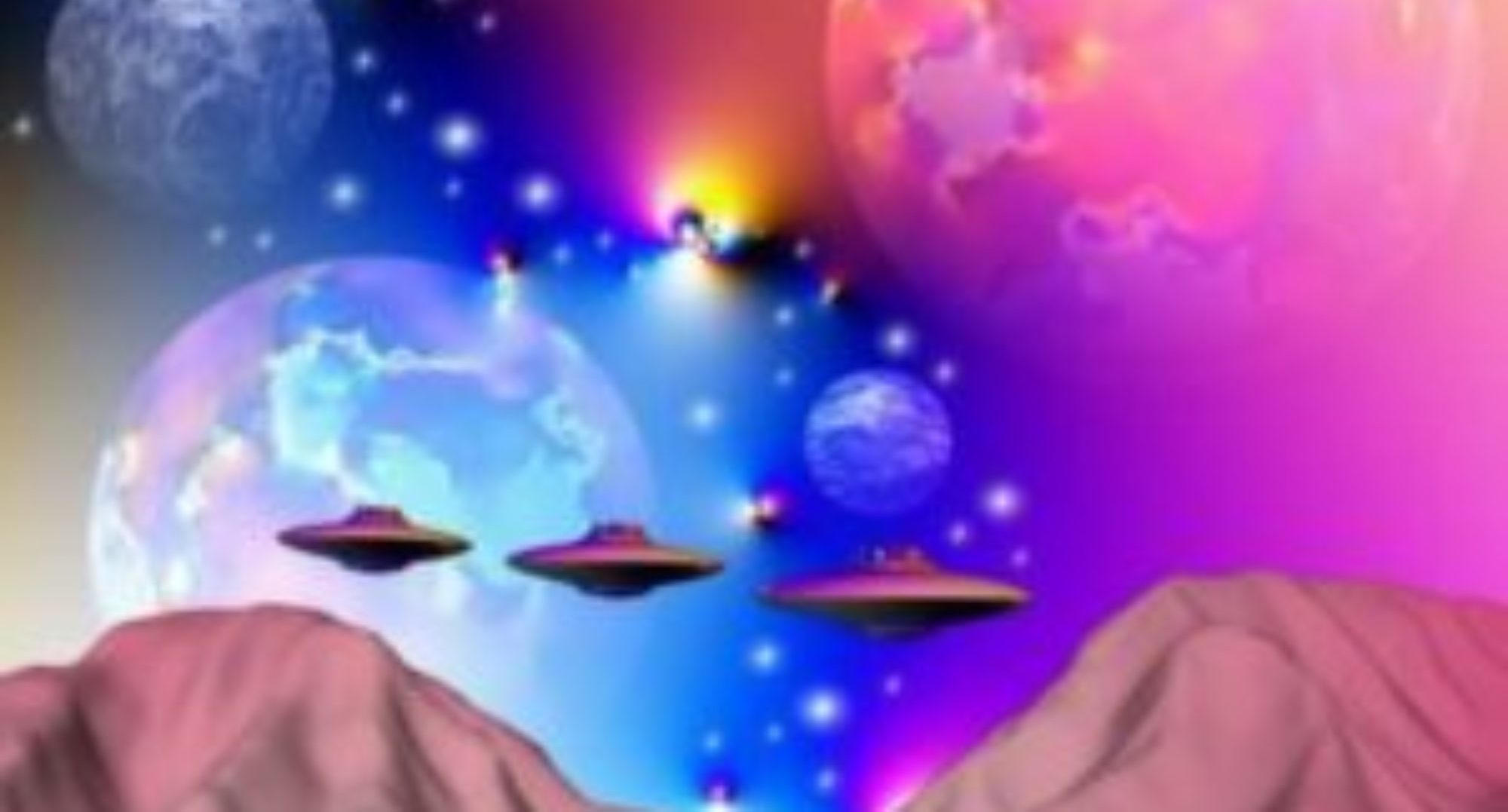The idea of a galaxy full of valuable resources is plenty appealing. Sure there might be competition for some of those resources but in some cases it will just be there available to first-finders.
Technology is required to step onto the galactic stage and travel freely there. But once that is accomplished, then the whole galaxy becomes like a big playground.
One obvious way to create great value where it didn’t exist before is to terraform entire planets. This way you build a habitable planet from rough materials.
From a secret novel:
‘So take the bolometer off and tell us this terraformation works.’ T said.
‘All right. Well, basically they start with a rough planet. You know, runaway greenhouse. Or else an ice mansion.’
‘Then …’
‘Well, the Federation assesses available light and geophysics. Then they introduce a lot of extremophiles.’
‘What’s that?’ E asked.
‘Extremely hardy micro-organisms that provide a foothold for later more complex plants and then later, animals. They’re mainly bacteria and algae. The process is called ecopoiesis.’
‘Like what they’re doing on Mars?’ R asked.
‘Yes, on Mars they brought in a Matteia Bacterium. It thrives in a dry region like the Martian central plain. It traps moisture and also penetrates rock by sending long deep filaments, which is good for building up a good soil base. That way, nitrogen gets fixed and CO2 is released, which makes for a good bio-geo-chemical cycle. In the saline regions, they’ve used a Chro-o Coxi Diopsis. That’s a blue-green algae that looks like small beads of glass. It’s great for trapping light and moisutre, and it acts as a UV shield. It’s also pretty hardy. On your planet, it shows up in the Gobi desert, in hot springs, and even in Antarctica.’
‘Any others?’ E asked.
‘There’s a great one called Deino Coxus Radio Durans. It’s a tiny berry that survives in highly irradiated sites. It’s a valuable bio-remediation agent. It even has its own genomic informatics, so it can repair its own DNA. We nicknamed it the Super-bug.’
‘That’s so amazing.’ R said. ‘You’d think that any planet could be rehabilitated or brought up to livable standards.’
‘Yes, but it takes time. Sometimes hundreds or thousands of years. You can’t rush a great environment. Well, we’re almost here.’
Outside archway 13, a bright green planet came into view. ‘This one is simply called PX-37 in the Federation catalogue.’ M said.
The craft settled down in the middle of a verdant meadow.
‘How’s the air here?’ T asked.
‘Oh, it’s very good.’ M smiled. ‘In fact it’s almost narcotic, it’s so rich and pure. Let’s got out and look around.’
They walked out into the fragrant meadow. ‘We can have lunch here.’ M said.
They sat in the tall grass speckled with wildflowers. The distant mountains shone purely in the pristine warm air. M cut some cheese and passed a loaf of rye bread around.
‘Where are the green crystals found?’ T asked.
‘Over in the stream beds below the foothills.’ M said. ‘They wash down from the mountains. We’ll just need to cross that small forest over there. There are no large animals here yet. Just birds, insects, and small herbivores.’
‘Well, this sure is an Eden all right.’ R said. ‘I wish we could camp here.’
‘Maybe we could.’ M said. ‘Depending on how RQ is doing.’
An hour later, they crossed the meadow to the edge of the forest. The trees were massive, mostly cedars and pines. They hiked through the woods for half an hour to sound of chirping birds and the pok-pok of the occasional raven. Finally they came to the rushing brook. Its bed was dotted with the rainbow-hued gems.
‘Those are the ones.’ M said. ‘Let’s grab a few.’
They collected the rough crystals for an hour, until their packs were filled. On their way back to the craft, the breeze picked up.
‘Looks like a rain shower.’ M said. ‘Let’s have coffee inside and check if RQ has a message.’
This is a small excerpt from a 200-page story I made 6 years ago. Mo’ stuff on the way.
